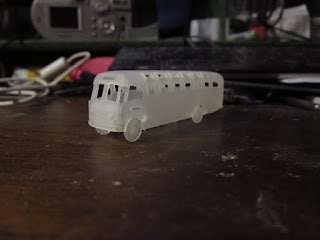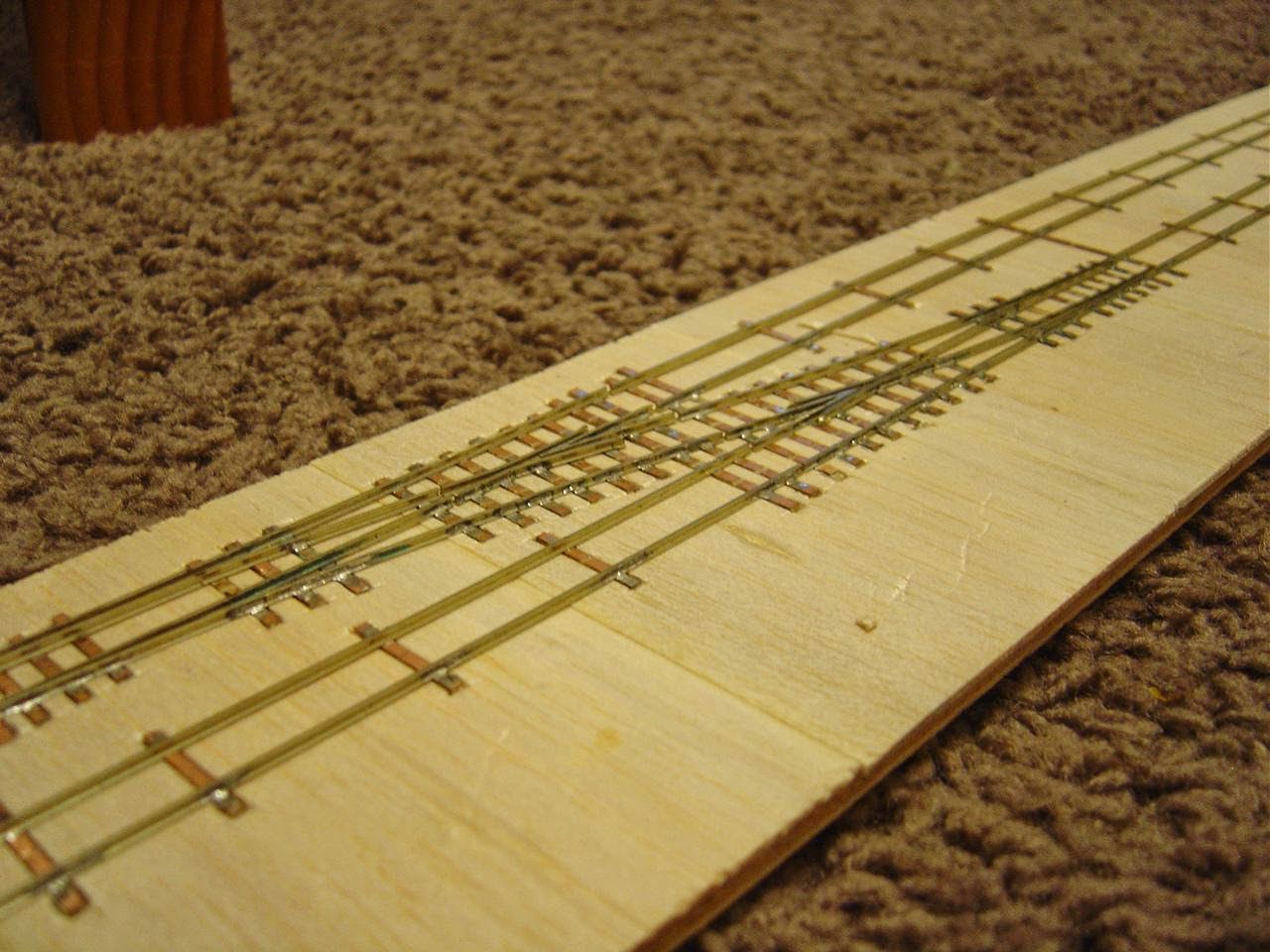Something I have been meaning to do for a long time is to do some reviews of some of the many models available in NZ120 from Shapeways. The main impediment to this has been having to purchase the models first. Its a chicken and egg problem, as I'm not sure about purchasing a models because I don't think that there are enough good pictures of them around to make an informed choice. I'm not sure why no one else has reviewed (or even seriously photographed) their purchases? surely its a service to your fellow modelers.
Anyhoo, I digress.
A wee while back I noticed that Shapeways had free shipping. I found a bullet to bite and made a couple of purchases.
When the box arrived, I was reminded that the prices are in US dollars. Ouch.
So, first up, The English electric Df.
A rough check reveals that the length and width are OK. All the vents on the side are in the right places. The porthole windows look too small, but are in the correct positions and are the correct size relative to the large grills on the side. The bogie sides supplied look OK. The 3 axle ones are designed to fit over the chassis ones with a bit of filing.
The cab doors are recessed, with no printed handrails (yay). However there are no holes for wires ones to fit. The doors on the sides are also recessed, when they really should just have an outline
OK, time for the close ups.
The leading bogie has pinpoints inset for wheels to be added. From what I can tell they are 14mm (without wanting to bend and break them). I'm assuming that one can use the wheels from the chassis. The horns are in the correct orientation for the large headlight, which
the published plan has not got right (always refer to photos)
Finally the nose. The Df/Dg nose has beaten virtually every kitmaker in this country. My verdict is that its not quite there, but with a bit of filing it will do
So, my initial opinion is that its quite good, based on my leap to nit picking almost straight away.. I've seen extreme versions of this sort of review overseas, and if you are starting to split hairs then its time to get a new hobby.Now all I have to do is work out how to get rid of the benzaldehye smelling wax without breaking anything.
(Right then, I've started. the rest of you should start sharing closeups of yor 3D printed models so we can actually have some information before plonking down our cash)































